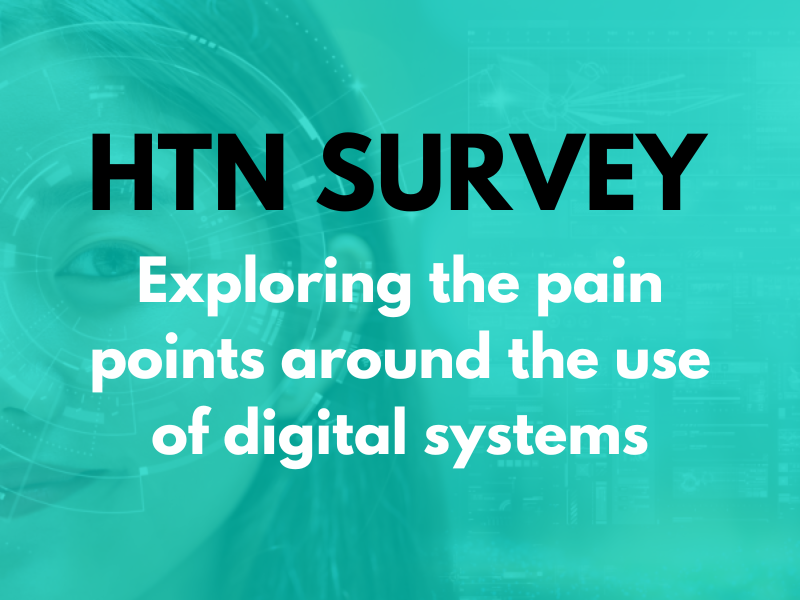Bath and North East Somerset, Swindon and Wiltshire’s (BSW) digital strategy to 2028 has set out a series of digital design principles to guide a system-wide approach, highlighting priorities including efficiencies of scale, information sharing, and simplification of the digital estate.
“A key design principle of the BSW Digital Strategy is to avoid system proliferation and to aim for simplification of the digital estate,” the strategy states. It notes “to that end collaboration, shared working, joint roles and procurements will increasingly become the norm in order to maximise efficiencies of scale and to harmonise use of technology and systems by colleagues and the public we serve.”
With this in mind, the strategy offers an insight into current EPR positions and plans for future development across each sector, noting that in primary care 87/90 practices are on TPP SystmOne, with “further consolidation to a single primary care system” planned, and the ICB monitoring NHSE’s New Market Entrant Programme.
In community, TPP SystmOne and System C is in use, with plans to explore “tactical gains” of bedded capacity moving to the acute EPR; whilst in mental health, plans are to consolidate use of Servelec Rio. For acute, current systems are listed as Cerner, Lorenzo, and System C, with plans fro move to a single EPR across acutes, and an exploration of where alignment with primary care “would be beneficial”. And system wide, BSW is currently using Graphnet, planning to include all BSW partners within the integrated care record, and to align with national tools like NRL and GP Connect to promote cross-border sharing.
Identifying “clear opportunities” to develop shared infrastructure across BSW, the strategy outlines two ways forward: a “network infrastructure joint procurement framework exercise” led by the Technical Design Authority; or a review of the existing system-wide network architecture “including recommendations as to next steps for short term and long term”. The ICB plans to undertake a “critical review” of service and functional level requirements against current EPR capabilities.
On a series of design principles intended to “set out an agreed system-wide approach to the use of technology and digitally enabled transformation”, BSW highlights the need to “ensure existing tools can’t provide the solution before looking elsewhere” and to avoid reinventing the wheel by looking for examples of good practice. When new solutions are required, the ICB notes that their design should place cyber security “at the centre of all digital solutions”, and that the cloud should be used as “a default starting position” for the design process. Design should be service-led, it continues, with national or regional solutions being used “before considering local ones”, and the number of different systems minimised where possible, to avoid “system proliferation”. Information governance, data privacy, clinical safety, and DTAC requirements should be considered “from the start”, the principles go on to state, ensuring data quality can be measured and that data can be shared via open APIs and fed into BSW’s Integrated Care Record to avoid data siloes.
“This organic approach enables alignment as any and every opportunity arises,” the strategy states. “While this will realise benefits more slowly than a dedicated alignment programme it will avoid the costly and time-consuming removal of still serviceable equipment or contracts ahead of their natural end of life.”
The strategy then goes on to identify priorities for progression for the Digital Board across three themes: information sharing and the Integrated Care Record, digital workforce, and cyber security. These include a focus on continuing the rollout of the Care Centric solution for the Integrated Care Record to all BSW partners, the development of shared care plans, the embedding of PHM tools within the Integrated Care Record BI data marts to support BSW’s PHM programme, and a focus on the sharing of results and images across the system. The ICB also plans to procure an acute video consultation and appointment management tool, and explore a potential ICS model for Robotic Process Automation with the aim of rolling out a single tool across BSW. On cyber security, BSW’s plans include the creation of “a dedicated ICS wide cyber security lead”, the development of a whole system cyber security strategy, and the procurement of a privileged access management solution.
“The BSW Digital Strategy will support our vision to empower people to lead their best life and the BSW Care Model,” the strategy concludes. “The digital solutions we have selected are anticipated to deliver care more effectively and efficiently, therefore contributing to the financial stability of services and the quality of care.”
To read BSW’s digital strategy to 2028 in full, please click here.
Digital strategy and priorities from across the NHS
NHS England published its 2025/26 priorities and operational planning guidance last month, with a focus on local prioritisation and planning, reducing wait times, improving access and patient flow, and more. Introducing the objectives and priorities, NHSE encourages systems to “shift their focus” from inputs to outcomes for patients and local communities, and notes the need for “a relentless focus” on operational performance, productivity improvements, and reductions in variation, delays, and waste. From 2025/26, the NHS will move to a “more devolved system”, according the guidance, whereby ICSs and trusts can earn greater flexibility and freedom, and patients have more choice and control.
HTN Now panel discussions have also featured input from key stakeholders and experts from across the health sector, exploring how to translate the findings from Lord Darzi’s report into action, with a focus on the need to offer patients more responsibility in managing their own care and achieving a level of visibility for information across ICSs and regions. An EHR-specific panel discussion considered the best way of achieving a balance between customisation, compliance and scalability, outlining challenges such as cost and the management of complex data flows. And an expert panel also recently joined us to debate the role of digital in supporting NHS reform, looking at examples and best practice around modernising services, shifting from hospital to community, and supporting the move from reactive to proactive care.
Elsewhere, SW London ICS’s digital strategy to 2028 set out a digital vision prioritising citizen and health professional empowerment, joined up patient pathways, and the “seamless” provision of health and care services for all citizens, “supported by new technologies”. On key enablers, the strategy recognises the importance of leadership, governance, and people, committing to ensuring that SWL is “well led” by “building and nurturing digital and data leadership”, investing in digital leadership skills, and ensuring clinical involvement in design and decision making. ICS boards will also be “well equipped to lead digital transformation and collaboration”, and organisations will have “well-resourced teams” with the skills required to deliver modern data and digital services, with data and digital literacy “ubiquitous” across ICS staff.





